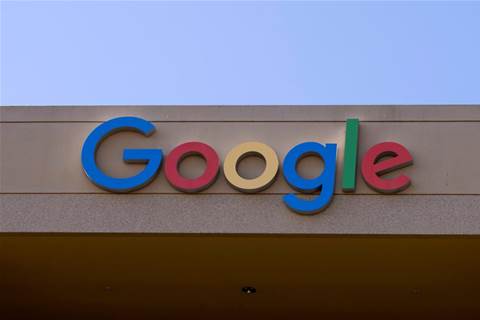Source: biometricupdate.com
Google’s move to eliminate gender labels from its artificial intelligence-powered computer vision services has put pressure on Microsoft, Amazon, and IBM to remove the feature, which automatically assigns the label of “man” or “woman” to people, according to Business Insider India.
Google took the step weeks ago, saying it wanted to bring the service into compliance with its AI Principles, and that “gender cannot be inferred by appearance.”
“Google’s move sends a message that design choices can be changed,” observes MIT Researcher Joy Buolamwini, whose work has been cited as an influence on Microsoft. “With technology it is easy to think some things cannot be changed or are inevitable. This isn’t necessarily true.”
Buolamwini has also been credited with directly influencing Google’s change. She said that she encourages all companies audited by her team to re-examine their demographic markers.
MIT Associate Professor Sasha Costanza-Chock says that all classification tags for people should be used on an opt-in basis, as well as revocable, and noted that some transgender Uber drivers have been locked out of the app because their physical appearance does not match images on file.
IBM and Microsoft did not provide comments to Business Insider, but Amazon noted that its guidelines say Rekognition’s gender predictions do not indicate a person’s gender identity, and should not be used to determine gender, raising obvious questions about the feature’s utility.
Researchers recently found no evidence that gender-balanced data sets, facial expression, occlusion or make-up and other factors suspected of causing inequality in biometric facial recognition matching rates are responsible for demographic discrepancies.


